Samsung Fan Edition No-Go?
The Korea media says that the reason (their words) for the cancellation is that the Galaxy Z Flip 3 has sold more than expected, leading to higher production demands for the foldable. Supposedly the AP’s from Qualcomm are now being redirected to the Flip 3, rather than to the FE, as the Flip is both a flagship item and carries a higher selling price. If true it does put the shortage of Aps in a bit more perspective, indicating that while production at 5um for Snapdragon 888 has improved, it has not improved enough to give Samsung all that it needs, although the good news would be that the Galaxy Fold 3 is selling well.




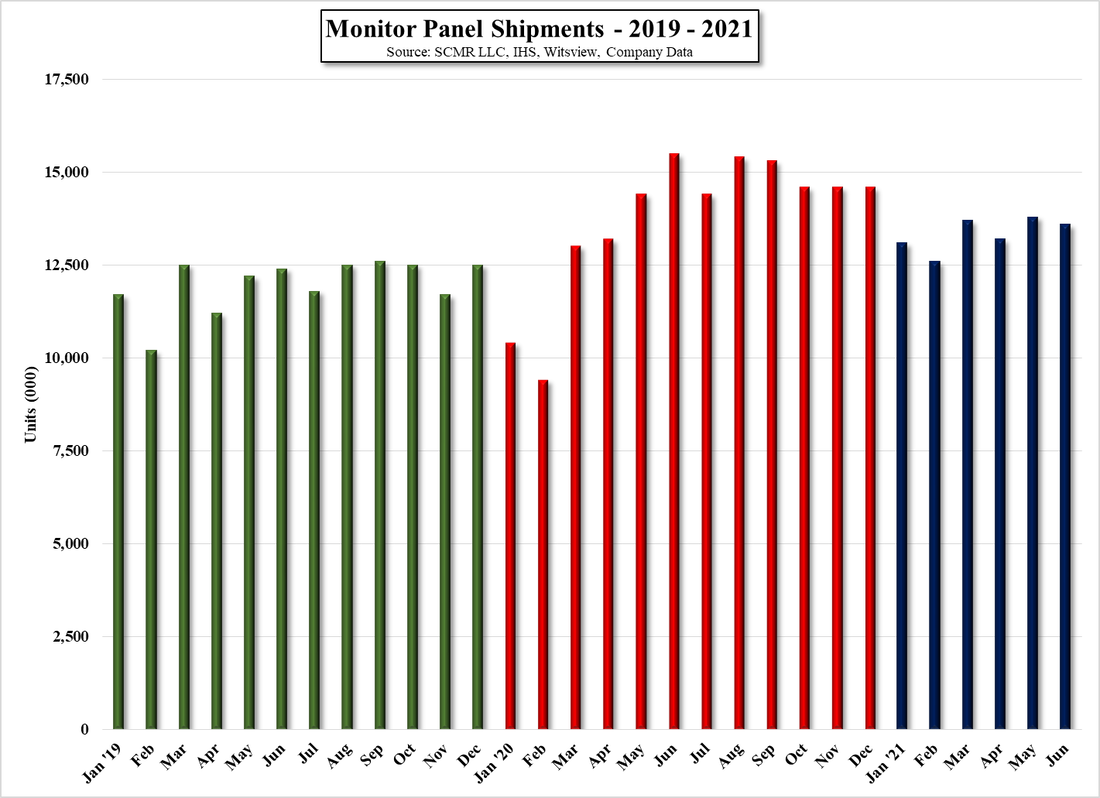
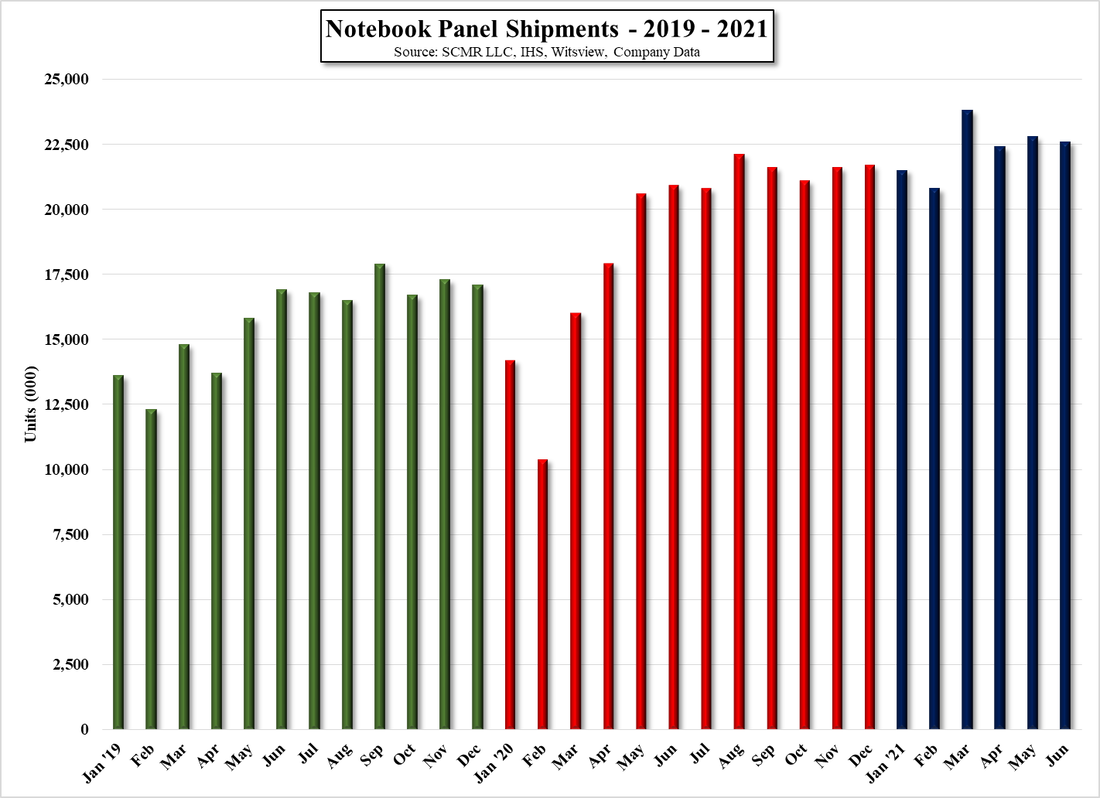
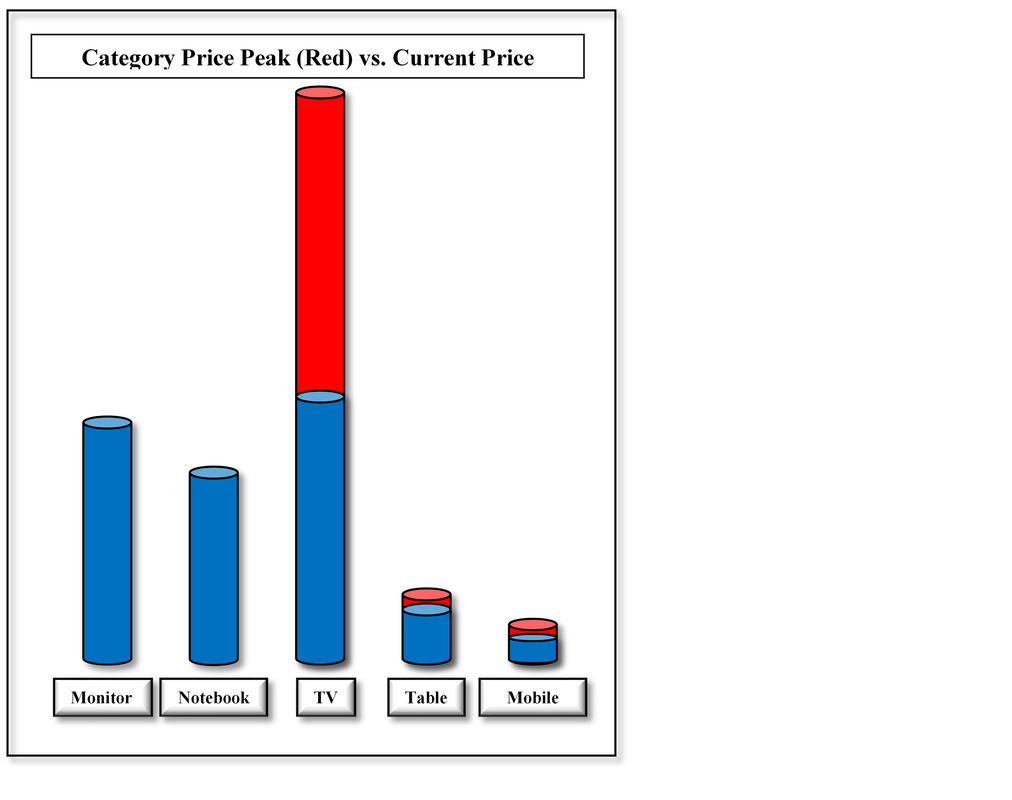
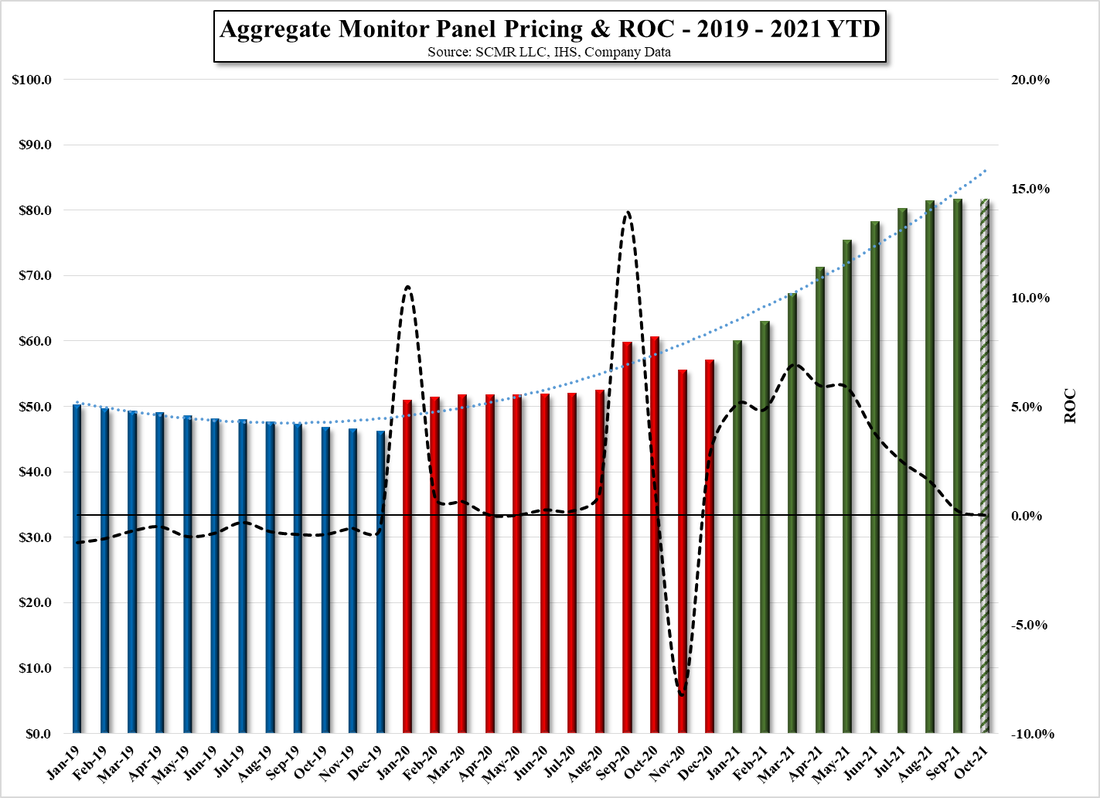
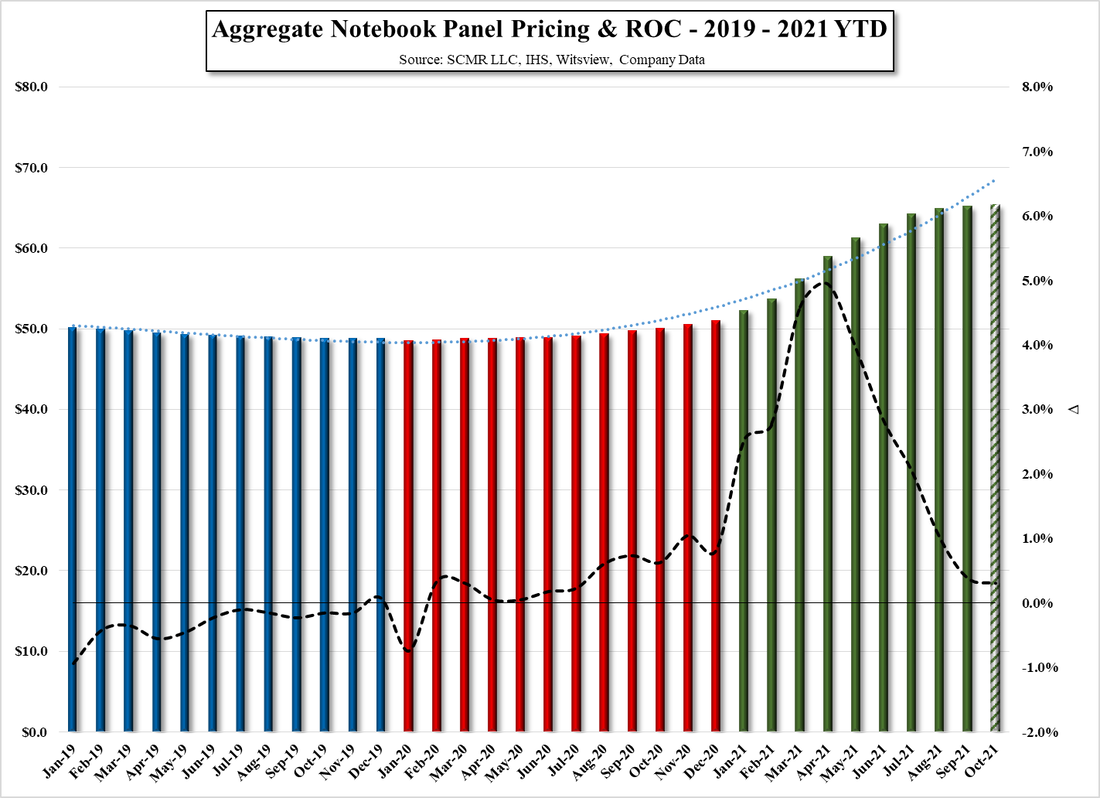
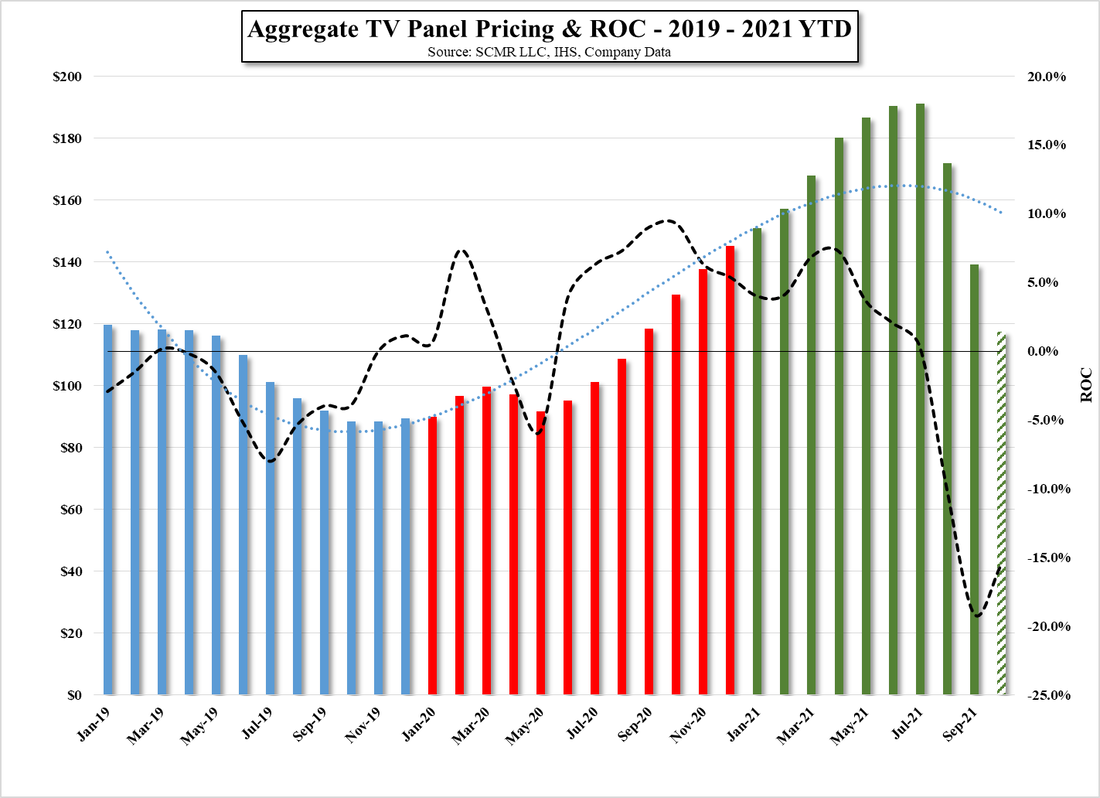













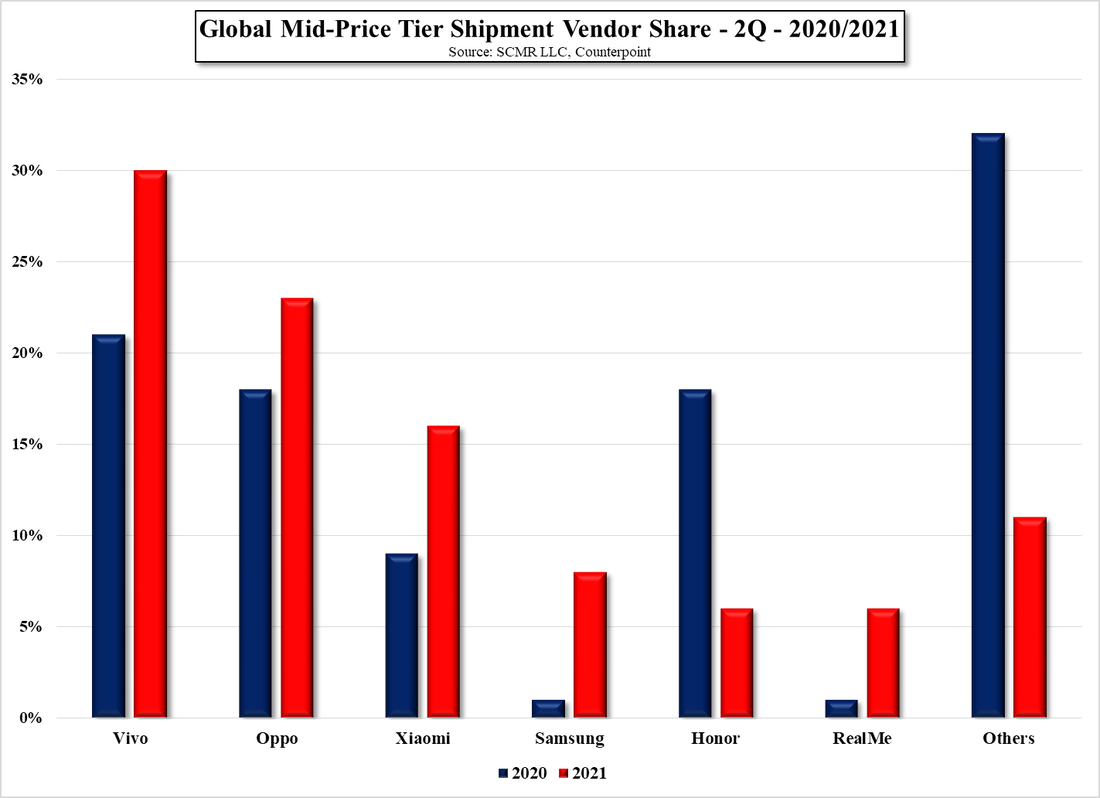
 RSS Feed
RSS Feed